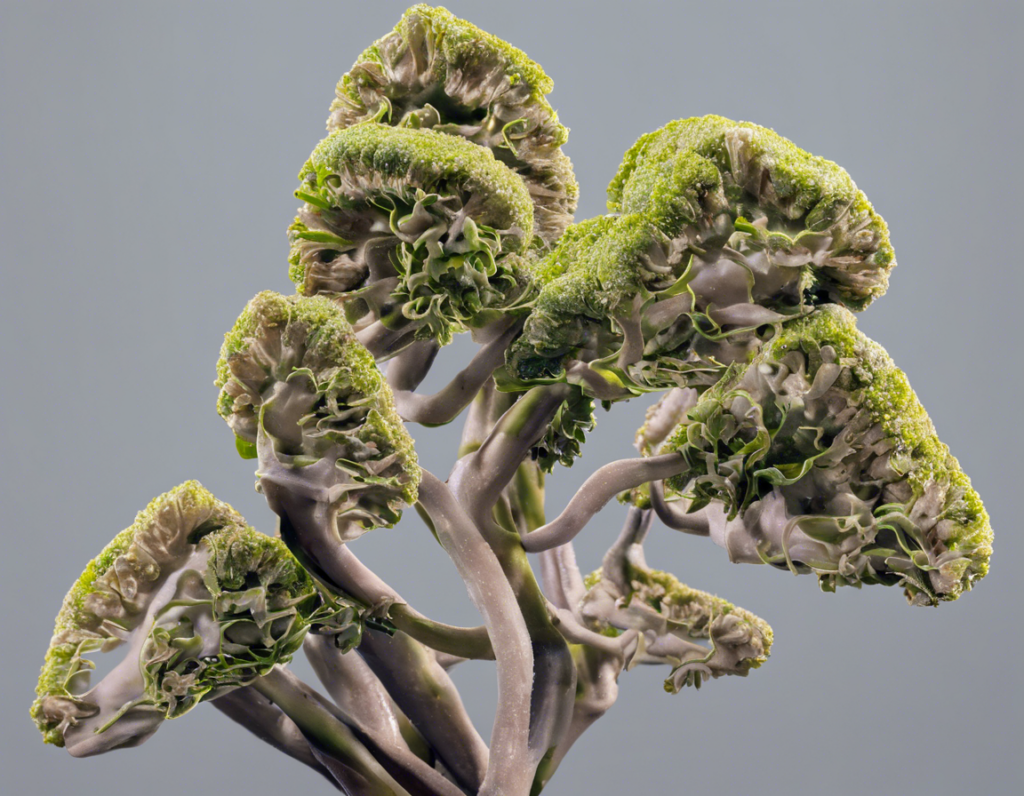Introduction
Pave strain phenomenon is a critical issue affecting various infrastructures worldwide. The term refers to the stress and deformation experienced by paved surfaces such as roads, bridges, and parking lots due to factors like vehicle traffic, environmental conditions, and material properties. Understanding this phenomenon is crucial for ensuring the longevity and efficiency of paved structures. In this article, we will delve into the intricacies of pave strain, its causes, impacts, and mitigation techniques.
What is Pave Strain?
Pave strain is the term used to describe the deformations and stresses that occur in paved surfaces due to external factors. These factors can include the weight and movement of vehicles, variations in temperature, moisture content, and the properties of the paving materials. Pave strain can have detrimental effects on the durability and performance of paved structures if not properly addressed.
Causes of Pave Strain
Several factors contribute to pave strain phenomenon:
1. Vehicle Loads:
– The weight of vehicles passing over a paved surface can cause compression and deformation of the pavement layers.
– Heavy trucks and vehicles carrying oversized loads exert more pressure on the surface, leading to increased strain.
2. Environmental Conditions:
– Temperature fluctuations can cause the pavement material to expand and contract, resulting in thermal stresses.
– Changes in moisture content in the subgrade can also impact the stability of the pavement layers.
3. Material Properties:
– The quality and composition of the paving materials play a significant role in determining the resistance to strain.
– Inadequate or degraded materials are more susceptible to deformation under stress.
Impacts of Pave Strain
The consequences of pave strain can be far-reaching:
1. Surface Cracking:
– Excessive strain can lead to the development of cracks on the pavement surface, compromising its integrity.
2. Rutting:
– Repeated loading from vehicles can cause depression or rutting on the surface, affecting drainage and ride quality.
3. Reduced Service Life:
– Unmitigated pave strain can significantly reduce the service life of the paved structure, necessitating costly repairs or replacements.
Mitigation Techniques
Addressing pave strain requires a combination of preventive and corrective measures:
1. Proper Design:
– Implementing appropriate design specifications, such as adequate pavement thickness and base layers, can help distribute loads effectively.
2. Quality Materials:
– Using high-quality paving materials that are resistant to deformation can enhance the performance of the pavement.
3. Regular Maintenance:
– Routine inspections, repairs, and maintenance activities can prevent minor issues from escalating into major problems.
4. Drainage Management:
– Proper drainage systems can help prevent water accumulation beneath the pavement, reducing the risk of subgrade instability.
5. Traffic Management:
– Limiting heavy vehicle traffic or implementing load restrictions can help reduce the strain on the pavement surface.
Frequently Asked Questions (FAQs)
1. What are the common signs of pave strain on roads?
– Common signs of pave strain include cracking, rutting, potholes, and uneven settlement of the pavement surface.
2. How often should pavement inspections be conducted to monitor pave strain?
– Pavement inspections should be conducted regularly, ideally twice a year, to detect any early signs of strain and degradation.
3. Can pave strain be completely eliminated?
– While it may not be entirely eliminated, pave strain can be managed and reduced through effective maintenance and design practices.
4. Are there any advanced technologies available for monitoring pave strain?
– Yes, technologies such as pavement sensors and remote monitoring systems are available to track strain and performance of paved surfaces.
5. How does climate change impact pave strain phenomenon?
– Climate change can exacerbate pave strain by intensifying temperature fluctuations and precipitation, leading to greater stress on paved structures.
